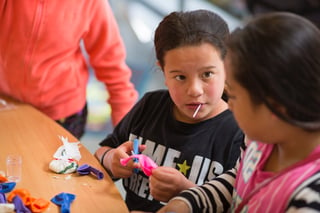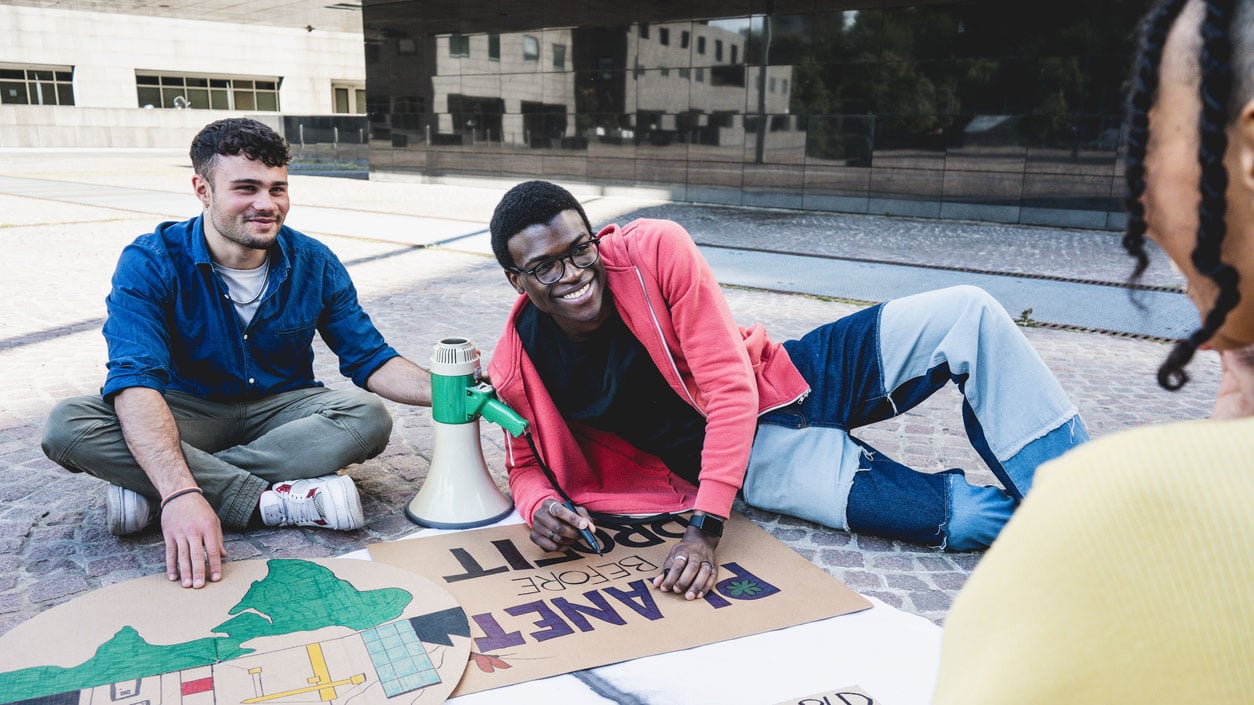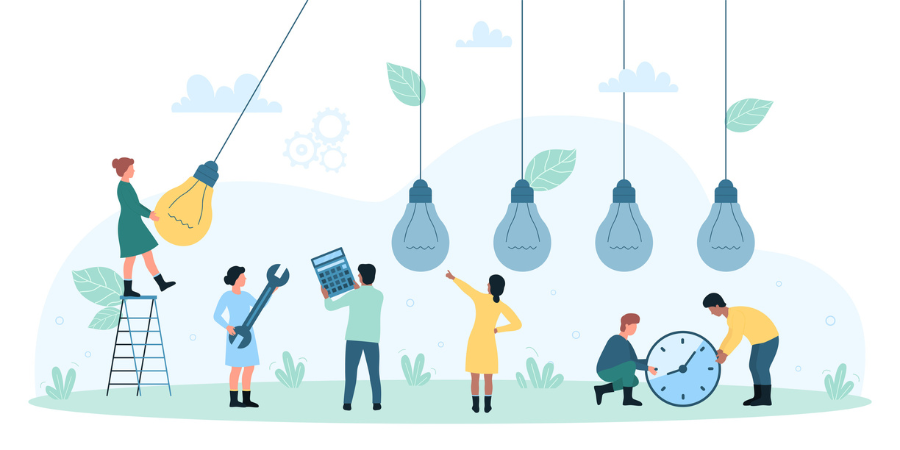 In New Zealand right now, there is a major government focus on restructuring its services to better support ‘vulnerable children’. There is also concern about growing inequalities, housing affordability and ‘child poverty.’ While big system responses to key national issues matter, so do small local innovations.
In New Zealand right now, there is a major government focus on restructuring its services to better support ‘vulnerable children’. There is also concern about growing inequalities, housing affordability and ‘child poverty.’ While big system responses to key national issues matter, so do small local innovations.
Throughout New Zealand, local community initiatives are making a positive difference to children and families: these are the bright spots of humanity. People who care about what is happening to children and families have banded together to create local solutions. Inspiring Communities recently commissioned research with three major child-focused Not-for-profits; Plunket, Unicef NZ, and Every Child Counts to find out about what makes these community-led initiatives successful.
Child Rich Communities: Aotearoa New Zealand’s Bright Spots examined 21 initiatives ranging in size and scale, age, geography and entity type to find out more about their success factors. Stakeholders from philanthropic and government sectors were also interviewed. The report, and four case studies, explored what works that could be replicated and discovered many different approaches to community work among them. The report also identified ten key learnings:
- See local people as the greatest asset, not a ‘problem to be fixed’: Local people should be viewed as an important resource, rather than being ‘vulnerable’, ‘high-needs’, or ‘broken’
- If families are well, then children are well.
- Counter the culture of disempowerment: Local people should be encouraged to recognise their own power, reignite their dreams and aspirations. The focus is on what is working already in communities.
- Go beyond ‘social service delivery’: walk alongside people, use ‘soft doors’ (e.g. informal coffee groups, local events), and ensure reciprocity.
- No judgement. No stigma. Accessed by free-will.
- Change takes time – be there for the long-haul.
- Build on the positive first (before tackling the ‘negatives’): start with strengthening social connectedness and building trust.
- Relationships and individuals are key.
- Being a ‘local’ gives you a head start: some bright spots were started or championed by a member of the same community they were trying to effect change in.
- ‘Externals’ can still make a difference: Some bright spots were started by an external person/organisation. They had to work harder to build relationships and gain the community’s trust and ownership.
As Bruce Madden of Te Aroha Noa Community Services told the researcher, “Always see the community as resourceful. Join with them where they are at.” Or as Paula MacEwan of the Cannons Creek Koha Shed put it “Everyone has a little flame in them – the wind ignites it. I’m here to put the wind up them.”
Bright spots were determined to counter the culture of disempowerment – encouraging people to dream again, to talk about their aspirations. Too many have given up.
Annette Toupili of Gisborne’s Tiakina ō Tātou Tamariki project – which focuses on building community trust and caring -- puts it this way, “We are working to counter about 40 years of non-engagement by residents and over-reliance on outside agencies. We want people to realise we’ve got what we need and it’s right here within our streets and neighbourhoods, our people.”
It’s also important that any community-led project is without strings, without judgement and completely cooperative.
Julia Milne from the Lower Hutt urban farm Common Unity Project told the researcher, “People have become accustomed to being ‘service provided to’. If I was a hungry, broken mother, there are 53 different organisations in my area that I could go to. At Common Unity, we are not here to give out anything to people. We believe everyone has something to give, to share. We are asking people to join us and contribute.”
Common factors identified that helped Bright Spots were: longer-term funding; flexible funders who are supportive, experimental, and keen to learn; and, the value of inspiration and support from other ‘kindred spirits.’
Inspiring Communities believes it is time for a bit more risk-taking. We want to see more inside-out approaches where local people and communities are driving change supported by integrated, strengths based social services who are prepared and willing to be adaptive. Most of the Bright Spot communities made changes to their approaches along the way as they learnt what was working and what they could do better.
So what next? A national gathering of Bright Spot initiatives is planned for late 2016 to build a forward plan for promoting effective practice and connecting initiatives and local leaders who are working in innovative strengths based ways. We are also going to work with government and other funders to shape the next phase as we all recognize that working together, effectively, is vital to making New Zealand a better place to raise a child.
Learn More:
- Read the full Child Rich Communities report and four local case studies as well as background on the project and summary documents
- Explore Community-led Development in Aotearoa New Zealand
- Visit the Inspiring Communities website for more resources and stories on community change




